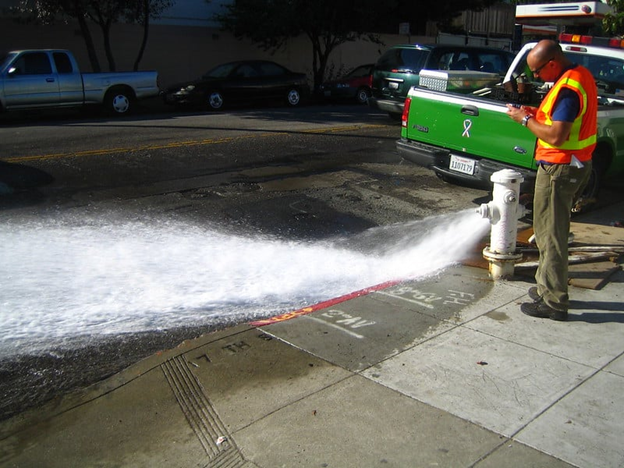For small water systems, maintaining water quality is critical to ensuring safe and reliable drinking water for communities and customers. One of the most effective ways to achieve this is by creating and implementing a flushing program. A well-designed flushing program helps remove sediment, prevent stagnation, maintain good levels of free chlorine residuals to maintain proper disinfection and maintain good water quality. It also protects public health and a system’s ability to inspect infrastructure. Here are some reasons small water systems should prioritize this practice.
- Improving Water Quality
Water in the distribution system can become stagnant, especially in low-flow areas or dead-end pipes. Stagnation leads to sediment buildup, bacterial growth and potential chemical imbalances, which can degrade water quality. Regular flushing clears out contaminants, ensures proper chlorine residual levels and delivers fresher water to customers. For small systems with limited resources, this proactive measure is a cost- effective way to maintain compliance with water quality regulations.
- Preventing Infrastructure Damage
Sediment and debris in pipes can cause corrosion, reduce flow capacity and damage system components over time. A flushing program helps remove these materials, extending the life span of pipes and reducing maintenance costs. It also helps operators plan and prepare budgets for future replacement of existing equipment. For small systems where staff and budgets are limited, preventing costly repairs through routine flushing is a smart investment.
- Enhancing Customer Confidence
Discolored water, strange odors, or poor taste can erode public trust in a water system. Flushing prevents these issues, ensuring customers receive clean, clear water. For small communities, where word-of-mouth travel fast, consistent water quality builds confidence and strengthens community relationships.
- Meeting Regulatory Requirements
Regulatory agencies often require water systems to maintain specific water quality standards. A flushing program helps small systems meet these standards by controlling biofilm growth, maintaining disinfectant levels and reducing the risk of contamination. Documenting flushing activities also demonstrates compliance during inspections.
Written by: Mike Rivera, Water/Wastewater Utility Specialist at the Southwest EFC


Recent Comments